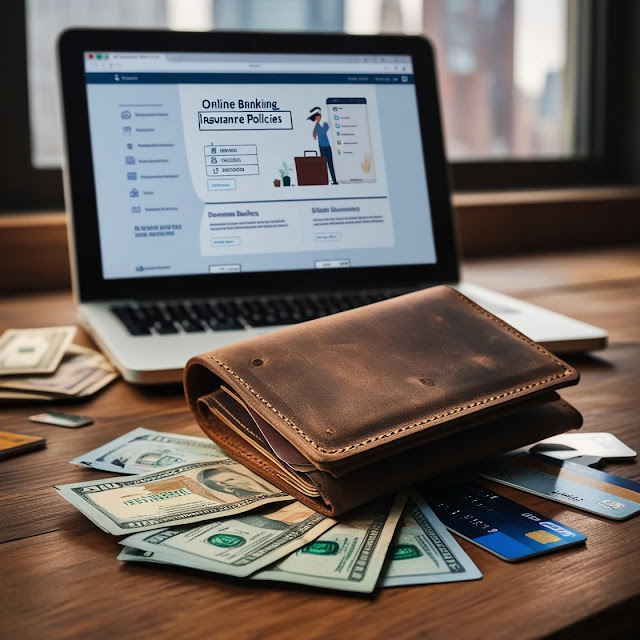NFTs and Cross-Border Transactions: Global Market Reach
As the digital economy expands, Non-Fungible Tokens (NFTs) have emerged as a revolutionary force, reshaping the landscape of various industries. NFTs are unique digital assets that utilize blockchain technology to provide verifiable ownership and provenance. Their rise has coincided with a surge in cross-border transactions, as artists, collectors, and businesses leverage these digital assets for global reach. This article delves into the intersection of NFTs and cross-border transactions, exploring their global market impact and the implications for international commerce.
 |
| NFTs and Cross-Border Transactions: Global Market Reach |
What Are NFTs?
Non-Fungible Tokens (NFTs) represent ownership of a unique item or piece of content on a blockchain. Unlike cryptocurrencies, which are interchangeable, each NFT is distinct, making them ideal for representing digital art, music, videos, and other creative works. The underlying technology of NFTs ensures transparency and security, allowing artists to sell their works directly to consumers without intermediaries. This direct connection enhances market reach, making it easier for creators to access a global audience.
Cross-Border Transactions Explained
Cross-border transactions involve the transfer of funds or goods between parties located in different countries. Traditionally, these transactions are hindered by various factors, including currency conversion, regulatory compliance, and transaction fees. However, the rise of digital currencies and blockchain technology has simplified these processes, enabling faster and more cost-effective international transactions. NFTs facilitate cross-border transactions by providing a unique asset that can be easily traded or sold on global platforms, thus bypassing many traditional barriers.
The Global Market Reach of NFTs
The global market for NFTs has exploded, with sales reaching billions of dollars across various platforms. This growth can be attributed to the increasing acceptance of digital assets in mainstream markets. International marketplaces like OpenSea, Rarible, and Foundation allow users from different countries to engage in NFT trading, promoting a diverse and inclusive digital economy. Additionally, global brands and celebrities have started to create and sell NFTs, further driving interest and participation in the space.
Challenges and Opportunities
While the NFT market offers numerous opportunities for growth, it also presents challenges that need to be addressed. Regulatory issues vary significantly from one country to another, complicating cross-border transactions. Additionally, the environmental impact of blockchain technology raises concerns about sustainability. However, these challenges also present opportunities for innovation. Solutions such as eco-friendly blockchains and regulatory frameworks that support international collaboration can enhance the viability of NFTs in the global market.
The Role of Blockchain in Cross-Border Transactions
Blockchain technology is pivotal in facilitating secure and efficient cross-border transactions. By providing a decentralized and transparent ledger, blockchain eliminates the need for intermediaries, reducing transaction costs and time. Smart contracts can automate and enforce agreements between parties, further streamlining the process. In the context of NFTs, blockchain ensures the authenticity and ownership of digital assets, making it easier to transfer these assets across borders while maintaining security and trust.
Future Outlook for NFTs and Cross-Border Transactions
The future of NFTs in cross-border transactions looks promising, as technological advancements continue to drive innovation. As more businesses recognize the value of NFTs for branding and customer engagement, we can expect to see increased adoption across various sectors, including gaming, fashion, and entertainment. Furthermore, improved regulatory frameworks and cross-border cooperation will enhance the ease of conducting international transactions, paving the way for a more integrated global market.
FAQs
How do NFTs facilitate cross-border transactions?
NFTs streamline cross-border transactions by providing a unique digital asset that can be easily traded on international platforms, reducing reliance on traditional intermediaries.
What are the regulatory challenges for NFTs in international markets?
Regulatory challenges vary by country, including differing tax laws, intellectual property rights, and consumer protection regulations, which can complicate NFT transactions.
Are NFTs environmentally sustainable?
The environmental impact of NFTs largely depends on the blockchain they are built on. Some blockchains are exploring more sustainable alternatives to reduce their carbon footprint.
Can NFTs be used for physical assets in cross-border transactions?
Yes, NFTs can represent ownership of physical assets, allowing for easier trading and transfer of ownership across borders through verified digital certificates.
What industries are most affected by the rise of NFTs?
Industries such as art, music, gaming, and real estate are significantly impacted by the rise of NFTs, as they provide new avenues for revenue and engagement.
How can businesses leverage NFTs for global reach?
Businesses can leverage NFTs to connect with international audiences, create unique marketing campaigns, and provide exclusive content or experiences, enhancing customer loyalty.
In conclusion, NFTs are reshaping the landscape of cross-border transactions by providing unique digital assets that can be easily traded on global platforms. As the market continues to expand, businesses and creators must navigate regulatory challenges and explore innovative solutions to harness the full potential of NFTs. The intersection of NFTs and cross-border transactions not only enhances global market reach but also fosters a more interconnected digital economy.





